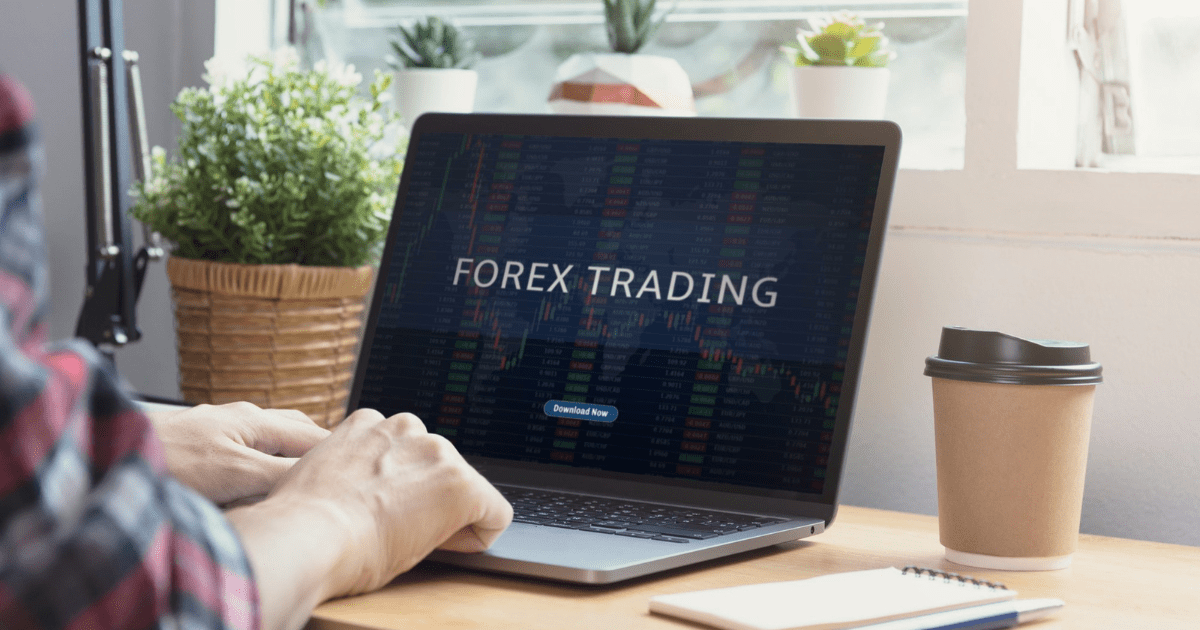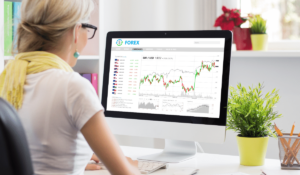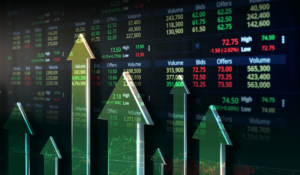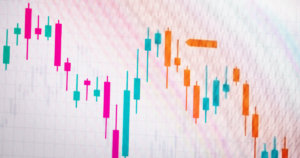Introduction to Forex Trading
Forex trading, also known as foreign exchange trading, is the process of buying and selling currency pairs in the global market. It is a decentralized market where currencies are traded 24 hours a day, 6 days a week. The forex market is the largest financial market in the world, with an average daily trading volume of around $5 trillion.
How Does Forex Trading Work?
In forex trading, currencies are always traded in pairs. The first currency in the pair is called the base currency, and the second currency is called the quote currency or counter currency. The exchange rate between the two currencies determines the value of the pair.
For example, in the EUR/USD pair, the euro is the base currency, and the US dollar is the quote currency. If the exchange rate for EUR/USD is 1.10, it means that 1 euro is equivalent to 1.10 US dollars.
Traders speculate on the future movement of currency pairs, aiming to profit from the fluctuations in exchange rates. They can go long (buy) on a currency pair if they believe its value will rise, or go short (sell) if they expect it to fall. Profits or losses are realized when traders close their positions.
Major Currency Pairs
The forex market consists of various currency pairs, but some pairs are more actively traded and have higher liquidity than others. These are known as major currency pairs. Major currency pairs include:
- EUR/USD (Euro/US Dollar)
- USD/JPY (US Dollar/Japanese Yen)
- GBP/USD (British Pound/US Dollar)
- USD/CHF (US Dollar/Swiss Franc)
- AUD/USD (Australian Dollar/US Dollar)
- USD/CAD (US Dollar/Canadian Dollar)
- NZD/USD (New Zealand Dollar/US Dollar)
These pairs account for a significant portion of the daily trading volume in the forex market.
Currency Crosses and Exotic Currency Pairs
In addition to major currency pairs, there are currency crosses and exotic currency pairs. Currency crosses do not involve the US dollar as either the base or quote currency. Examples include EUR/GBP (Euro/British Pound) and GBP/JPY (British Pound/Japanese Yen).
Exotic currency pairs involve currencies from emerging or less frequently traded economies. These pairs tend to have lower liquidity and higher spreads. Examples of exotic currency pairs include USD/ZAR (US Dollar/South African Rand) and USD/TRY (US Dollar/Turkish Lira).
Understanding Forex Market Terminology
To navigate the forex market effectively, it is important to familiarize yourself with key terminology. Here are some essential terms:
Spread
The spread refers to the difference between the bid price (the price at which a broker is willing to buy a currency pair) and the ask price (the price at which a broker is willing to sell a currency pair). It represents the cost of executing a trade and is typically measured in pips.
Pips
Pips, short for “percentage in point,” are the smallest unit of measurement in forex trading. They represent the fourth decimal place in most currency pairs. For example, if the EUR/USD exchange rate moves from 1.1000 to 1.1001, it has increased by 1 pip.
Leverage
Leverage allows traders to control larger positions in the market with a smaller amount of capital. It is a double-edged sword that amplifies both profits and losses. Common leverage ratios in forex trading range from 1:1 to 1:400, depending on the broker and the jurisdiction.
Margin
Margin is the amount of money required to open and maintain a leveraged position. It acts as collateral and is a percentage of the total position size. Margin requirements vary between brokers and are usually expressed as a percentage (e.g., 1%, 2%).
Stop Loss and Take Profit
Stop loss and take profit are order types used to manage risk and protect profits. A stop loss order automatically closes a trade if the market moves against the trader beyond a specified level. A take profit order, on the other hand, automatically closes a trade when a certain profit target is reached.
Fundamental and Technical Analysis
Fundamental Analysis
Fundamental analysis involves analyzing economic, social, and political factors that can impact currency values. It focuses on factors such as interest rates, inflation, GDP growth, employment data, and geopolitical events. Traders who use fundamental analysis aim to understand the underlying forces that drive currency movements.
Technical Analysis
Technical analysis involves studying historical price data and using chart patterns, indicators, and other tools to identify potential future price movements. It assumes that historical price patterns repeat themselves and that market behavior can be predicted by analyzing charts. Technical analysis helps traders make decisions based on patterns, trends, and support and resistance levels.
Risk Management in Forex Trading
Managing risk is crucial in forex trading to protect capital and ensure long-term profitability. Here are some risk management techniques that traders employ:
Set Stop Loss Orders
A stop loss order is a predetermined price level at which a trader will exit a trade to limit potential losses. By setting a stop loss, traders can define their maximum acceptable loss for a trade. It helps protect them from significant losses if the market moves against their position.
Use Take Profit Orders
Take profit orders are used to lock in profits by automatically closing a trade when a specified profit target is reached. It allows traders to exit a trade and secure their gains without having to constantly monitor the market. Take profit orders help prevent greed-driven decisions and ensure that profits are realized.
Risk-Reward Ratio
The risk-reward ratio is a calculation that compares the potential profit of a trade to the potential loss. It helps traders assess whether a trade is worth taking based on the potential reward relative to the risk. A favorable risk-reward ratio means that the potential reward is higher than the potential loss, making the trade more attractive.
Position Sizing
Position sizing refers to determining the appropriate amount of capital to allocate to each trade based on the trader’s risk tolerance and account size. It involves calculating the position size in relation to the stop loss distance and the desired risk percentage per trade. Proper position sizing helps manage risk and prevents excessive exposure to the market.
Common Queries About Forex Trading
1. Can I trade forex with a small account?
Yes, it is possible to trade forex with a small account. Many brokers offer the option to trade with micro or mini lots, which allow traders to trade smaller position sizes. However, it is important to manage risk carefully and avoid overleveraging when trading with a small account.
2. Is forex trading risky?
Forex trading involves inherent risks due to the volatility of currency markets. Prices can fluctuate rapidly, leading to potential gains or losses. It is important to have a solid understanding of risk management principles and to only risk capital that you can afford to lose.
3. Do I need a lot of money to start forex trading?
The amount of money needed to start forex trading can vary. Some brokers offer accounts with a low minimum deposit requirement, allowing traders to start with a small amount of capital. However, it is essential to have enough capital to cover potential losses and to meet margin requirements.
4. Can I trade forex on my mobile phone?
Yes, many brokers provide mobile trading platforms that allow traders to access the forex market using their smartphones or tablets. Mobile trading platforms offer convenience and flexibility, enabling traders to monitor their positions and execute trades on the go.
Key Takeaways
- Forex trading involves buying and selling currency pairs in the global market.
- Major currency pairs, such as EUR/USD and USD/JPY, have higher liquidity and trading volume.
- Understanding key terminology, such as spread, pips, leverage, and margin, is crucial for navigating the forex market.
- Fundamental analysis and technical analysis are two common approaches to analyzing the forex market.
- Risk management techniques, including stop loss orders, take profit orders, and proper position sizing, are essential for protecting capital and managing risk.
Remember, forex trading requires continuous learning, practice, and discipline. It is important to develop a trading strategy that suits your risk tolerance and financial goals.








